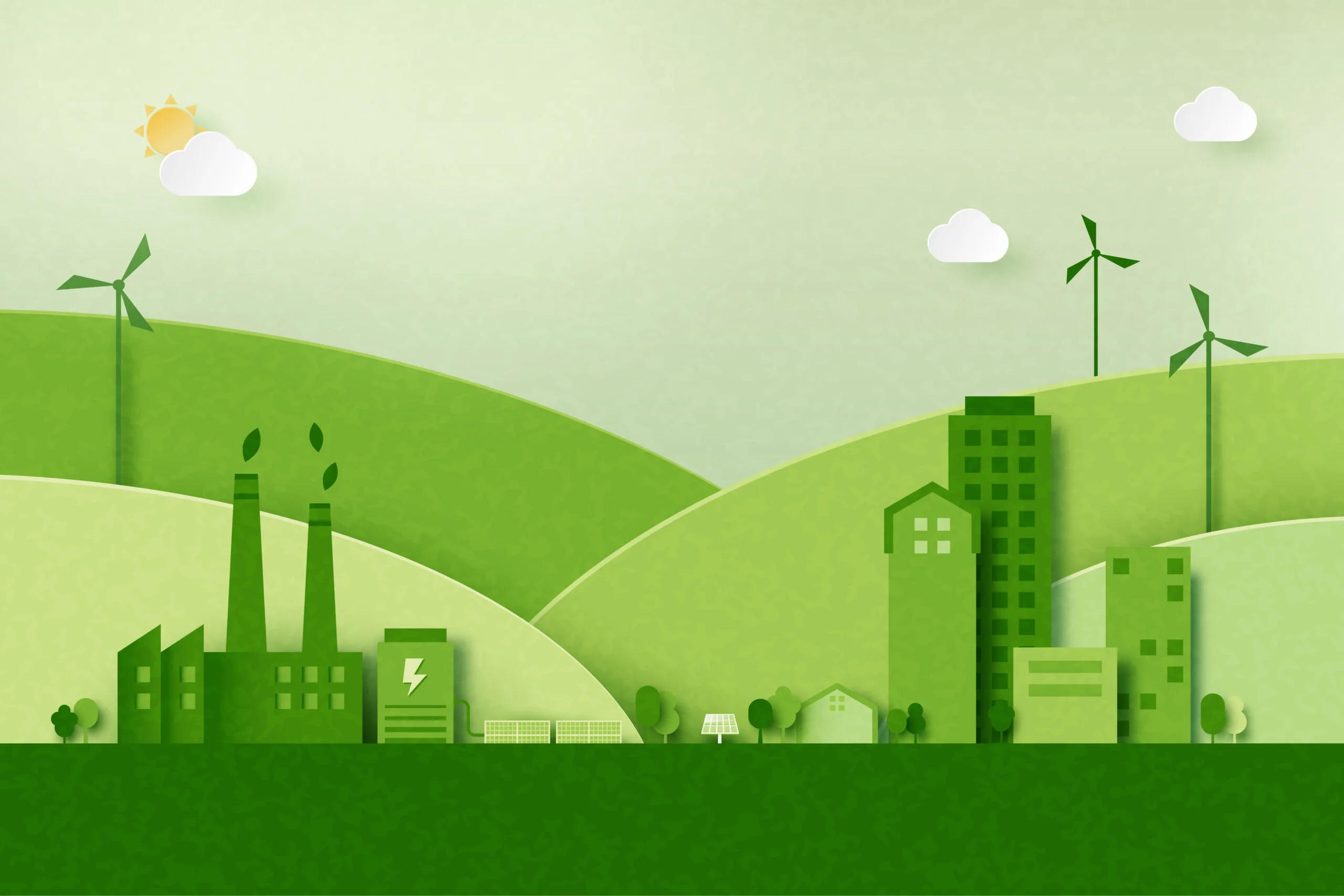Last week, Politico ran an article that implied that partisan legislation aimed at mitigating climate change is the cause for high electricity bills in California. In a way, they are correct: curbing the effects of climate change is estimated to cost around $5.5t between 2023-2030. For perspective, fossil fuels including petroleum, coal, and natural gasses accounted for 79% of the U.S. energy portfolio, with renewable energies only accounting for around 13%. While the price tag for climate action is steep, climate inaction is far more expensive, with research suggesting climate change cost U.S. citizens $92.9b in 2023—or $2945.84 per second. While decarbonization is a critical strategy in mitigating climate change, there are affordable non-wires alternatives to curb the high cost of infrastructure upgrades, while increasing grid resiliency and defraying high peak energy costs.
Money Matters
In California, ratepayers have seen their utility bills rise by up to 127% over the last decade, an increase that understandably presents a challenge to customers. Rising utility bills were a significant part of the J.D. Power 2023 Electric Utility Business Customer Satisfaction Study, with respondents reporting that they feel unsatisfied with the steps that utilities are taking to ameliorate these costs. The study found that customers wish for greater communication and transparency over their fluctuating bills, as well as increased commitments to renewable energy objectives like EV charging.
While this study further implies that rising rates challenge utility providers in meeting customer satisfaction, rising costs reflect not only climate change mitigations but also a real-time response to the severe weather and increasingly frequent extreme temperature days. As Politico notes in the same article, “The biggest driver of California utility bills stems from adapting to climate change, not preventing it.”
The Cost of Climate Inaction
The U.S. electric infrastructure build-out started in earnest with the New Deal and Rural Electrification Acts in 1936 were introduced by President Franklin D. Roosevelt to expand access to electricity around the country. Now, utilities are faced with decarbonization and electrification efforts that simultaneously introduce increased loads via distributed energy resources (DERs) like solar, battery, EVs, or smart home devices like thermostats and water heaters, while also decreasing our national reliance on fossil fuels. That is part of the conversation that drove legislation like the Inflation Reduction Act and Bipartisan Infrastructure Law, bills that were introduced to address outdated and failing U.S. electric infrastructure.
Still, while there are opportunities for financial assistance to help develop the necessary logistics, infrastructure upgrades are expensive. Research suggests that it costs around $86,700 per mile for overhead transmission lines, with that figure growing exponentially in rural areas where lines are harder to get to and often longer. Burying lines costs far more, with estimates starting around $4.5m in urban areas per mile.
– Syd Bishop, Sr. Content Specialist, Virtual Peaker
These costs represent just some of the necessary fees to upgrade the U.S. national electric infrastructure. In 2023, climate change cost $92.9b in disaster relief, ballooning to an enormous $182.7b in 2024. Research indicates that climate inaction will cost around $1.7b in economic damages per utility by 2050. When you consider that those costs will mount alongside the estimated $21t necessary to upgrade the grid, that figure only increases, creating even greater challenges later.
Distributed Energy Resources to the Rescue: Examples of Non-Wires Alternatives
While electrification efforts have resulted in a greater incumbrance for the grid, the increasing adoption of distributed energy resources (DERs) presents load flexibility opportunities for utilities. Through a distributed energy resource management system (DERMS), utility program managers can better utilize community DER assets to meet needs during peak demand. Non-wires alternatives provide a cost-effective solution to mitigating infrastructure upgrades, thus deferring those costs while allowing utility operations to address them on their schedule. DERs pose as a solution to climate inaction, allowing utilities to meet demand affordably without sacrificing continuity service.
Conservation
Many demand flexibility programs revolve around conservation tactics. Time-tested, demand response is, perhaps, the longest-running demand flexibility initiative, a conservation tactic that calls upon program participants to curtail their usage during peak periods of demand through device control. EV managed charging parallels that initiative, shifting usage to off-peak times of need for electric vehicles. In both instances, conservation minimizes usage, thus lowering high peak energy costs while increasing resiliency.
Redistribution
By contrast, some demand flexibility programs utilize existing DER assets to replenish the grid. For example, V2G charging is a bidirectional charging scheme that allows utilities to pull power from participating EV batteries, resuming charging times during off-peak hours of consumption. Likewise, virtual power plants can pull existing community assets to re-power the grid or can conduct broad conservation events over large areas, resulting in an aggregate of power that can be redistributed as needed.
Climate Inaction Conclusion
Beyond just the economics of the energy transition, climate inaction poses a serious existential threat to the quality of life for future generations. Without direct action, climate change-induced natural disasters will continue to mount, costing trillions globally while severely challenging grid stability. Fortunately, distributed energy resources are a powerful, partisan tool to address climate change and energy insecurity alike, while generating potential revenue streams for enterprising utilities.





